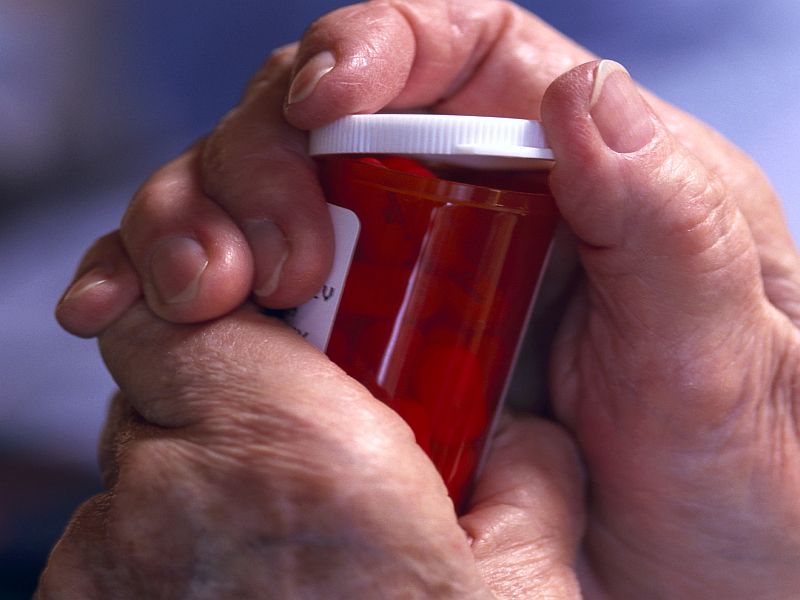
Misuse of prescription pain medicines such as hydrocodone (Vicodin), oxycodone (OxyContin, Percocet), codeine and morphine is a major public health problem in the United States. An estimated 52 million Americans have abused a prescription drug at some point in their life, according to the U.S. National Institute on Drug Abuse.
"We have resources to help tackle the opioid epidemic, but we're underusing them," said researcher Stephanie Nichols, who's with the Husson University School of Pharmacy, in Bangor, Maine.
For instance, many states have created prescription drug monitoring programs, which help identify possible cases of prescription drug misuse and help patients get addiction treatment if needed.
But one study found that even though Maine has had a prescription drug monitoring program since 2004, it was used by only 56 percent of 275 pharmacists surveyed by the researchers in 2014.
Related
While doctors and other health care providers use the system, it's also important for pharmacists to use it, said the authors of the study in the July issue of the Journal of Studies on Alcohol and Drugs.
"Often, the pharmacist is the 'last line of defense,' for patient safety," Nichols said in a journal news release.
She and her colleagues also found that opioid painkillers were prescribed to 22 percent of Maine residents in 2014, enough to provide every person in the state with a 16-day supply. While that percentage is down slightly from 2010, "it's still a very large number," Nichols said.
Prescriptions for oxycodone and hydrocodone were lower in 2014, but there was a sharp rise in buprenorphine prescriptions. Buprenorphine is an opioid, but it's typically used to treat opioid addiction.
"I think that's a positive trend, because we interpret that as an increase in treatment of people with an opioid use disorder," Nichols said.
Along with a prescription drug monitoring program, Maine also has a program that enables health care providers to find out if a patient has a history of drug-related arrests.
A second study in the same issue of the journal examined drug take-back events in which people can drop off their unneeded prescription drugs for safe disposal.
Researchers surveyed more than 900 adults in New Jersey and found that efforts to raise public awareness about take-back programs seemed effective. People who'd seen media stories on drug take-backs or signs at their local drugstore were twice as likely to have used the programs in the past 30 days than other people.
The findings suggest that when people are aware of drug take-back programs, they will use them, concluded Itzhak Yanovitzky, of Rutgers University in New Brunswick, N.J.
More information
The U.S. National Institute on Drug Abuse has more on opioid abuse.
Copyright © 2016 HealthDay. All rights reserved.














